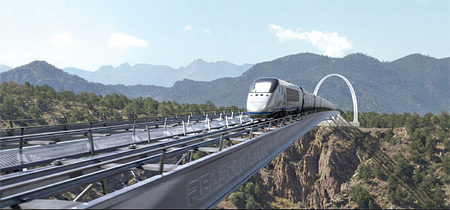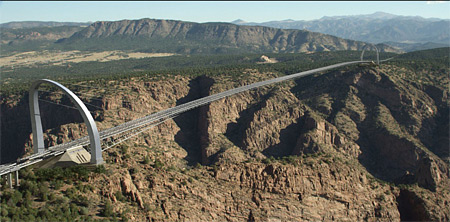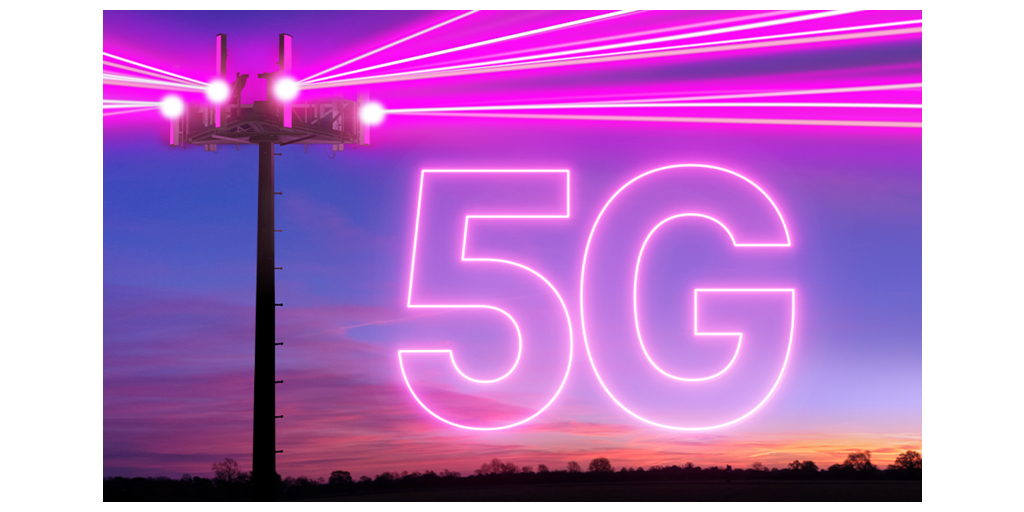Bringing 'Atlas Shrugged' to Life

Love it or hate it; agree or disagree; it's undeniable that Ayn Rand's magnum opus, "Atlas Shrugged" deals with monumental ideas conveyed through larger-than-life characters. Its very immensity is the reason that, although this 1,000-plus page tome has remained on many bestseller lists ever since it appeared in 1957, bringing it to the screen had been an insurmountable task. That is, until now.
For the past 19 years, producer/writer/investor John Aglialoro has tried to scale this Sequoia of American literature, and last April 15, to commemorate Tax Day, this first part of an immense trilogy finally hit the screen in limited, targeted release. Produced for $8–10 million and directed by Paul Johansson, "Atlas Shrugged—Part 1" introduces the tale of "men of the mind" confronting an overpowering collective mentality that seeks to control the world for its own good.
For this editor's eye, it also contains some of the most fascinating use of the editing art of any film I saw last year.
In this epic polemic, Dagny Taggart, played by Taylor Shilling (in Rand's world the term "men" is not gender exclusive), struggles to defend the Taggart Transcontinental Railway empire against socialist demagogues with the help of a new super steel created by Henry "Hank" Rearden (Grant Bowler).
Meanwhile a mysterious stranger is surreptitiously convincing the top captains of key industries to defect from society. I'll let you read the whole novel to get the complete plot and find the answer to "Who is John Galt?" since, as a narrative, it's a cracking good yarn. But here I'd like to focus on the editing in two of the film's most definitive scenes.
INTENSE COLLABORATION

The first train across the new Rearden metal bridge As usual in feature films, even as ambitious an indie as "Atlas Shrugged—Part 1," the final structure of a sequence is the product of intense collaboration. The film has two editors credited: Jim Flynn and Sherril Schlesinger, along with post-production producer John Orland. But, exactly who controlled the cuts, including director Johansson, producer/writer Aglialoro, writer Brian Patrick O'Toole or producer Harmon Kaslow, will be left to history since none of them were available to speak on the record.
However, the effectiveness with which they translated this half-century-old novel into today's Omniverse is remarkable. The book was actually set in an unspecified timeframe, which read very much like a close parallel of the United States in the 1950s.
So, it's a bit of a surprise that the first thing we see on the screen after the opening logo is the title "September 2, 2016," indicating the minds behind this effort have updated the plot to the near future. But how could they give a railway empire enough relevance in this post-modern setting to let it be the fulcrum of the story?
To pull it off, they effectively employed the three great editing principles we have often discussed during the past three decades of this column: context, contrast and rhythm. (For details, reference my August 20, 2008 column "The Art of Editing Revisited.")
The relevant point here, though, is that just as Rand's writing juxtaposes different moralities to reveal her ultimate truth, this opening sequence gets its power from presenting disparate images that generate a merged concept in the mind of the viewer.

The new Wyatt Junction Bridge It's an extended audio/visual montage structured around a spine built from quick cuts of a dimly-seen freight train thundering through the night.
As Elia Cmiral's evocative theme music ascends the soundtrack the intercutting of vérité-style shots taken from today's headlines reveals that society has gone to Perdition in a perambulator. The stock market has crashed and angry mobs rule the streets while a newsman's voice describes a nation slipping into a Great Depression due, in part, to conflicts in the Middle East cutting off all oil imports.
"Gas costs $37.50 per gallon," the reporter tells us. "As a result, rail traffic has re-emerged as the only practical means of freight and passenger transport."
We see rusting rails start to separate. Sparks fly from the train's wheels as brakes are applied in panic and—? Readers of the book will know what is about to happen, but the editing of this film abruptly takes us to a seedy diner in which a soiled bum asks the waitress, "Who is John Galt?"
In less than three minutes, by using the editorial technique of manipulating context through contrast driven by rhythm, the themes of the movie have been established and the seed of that iconic question has been planted.

"Atlas Shrugged" movie posterCASTING THE REARDEN BRIDGE
About two-thirds of the way into the film comes a scene fans of the novel highly anticipated. In fact, only getting Clark Gable to play Rhett Butler could have been as paramount to any film's success as the casting of the Rearden Bridge.
It looks like a silver thread connecting the mountains of the moon, but is actually an extended suspension design crossing a chasm in Colorado.
Hank Rearden has crafted the bridge out of his revolutionary metal to help Dagny Taggart establish her newly-christened John Galt Line. Naturally, all of the authorities are predicting the bridge won't withstand the 250 mph strain of the train's maiden run.
The bridge is first seen as the camera pans up from the valley to reveal a gleaming metal strand partially hidden by a sun flare. We pan across the bridge's expanse flanked by soaring arches as the train races over this leap of confidence in the achievement of a creative mind. For fans, the sequence is far too short, as the train rushes into the distance with its power shaking the CGI rails.
But, there is a blockbuster editorial moment just before Hank and Dagny board the train. A reporter queries the origin of the train's anthemic name by asking, "Miss Taggart, who is John Galt?" The editors slam the film's pace to a dramatic halt with quick cuts of the back-stabbing industrialists and conniving politicians who tried to stop the project as they wait for her answer. Dagny looks into the camera and smiles, "We are."
That's not the final answer, of course. Hopefully, "Atlas Shrugged—Part 2," already in production, will reveal more. If Part 3 ever completes the trilogy, this cinematic plea for the viability of men of the mind will have finally been accomplished.
Jay Ankeney is a freelance editor and post-production consultant based in Los Angeles. Write him at JayAnkeney@mac.com.
The professional video industry's #1 source for news, trends and product and tech information. Sign up below.
